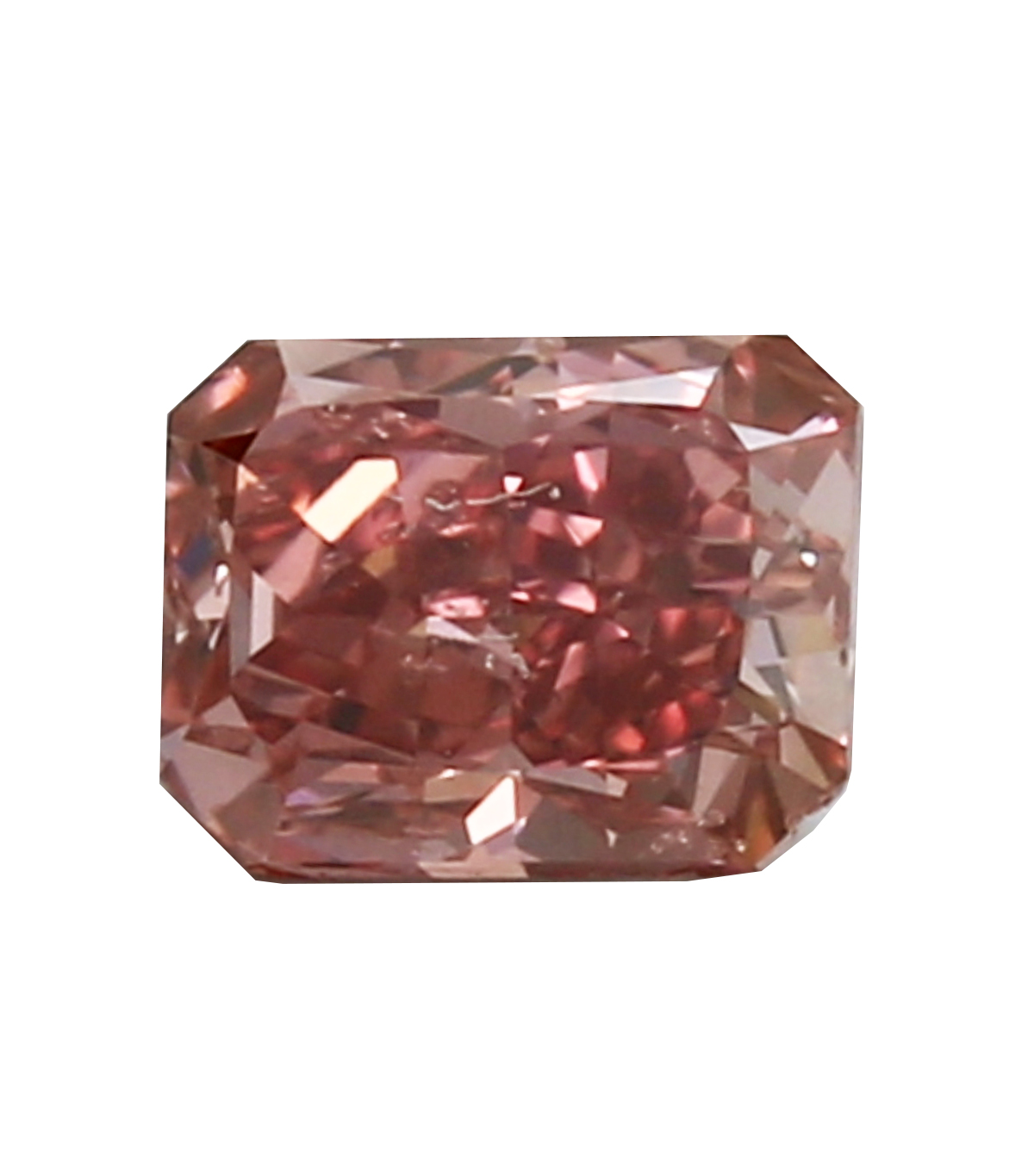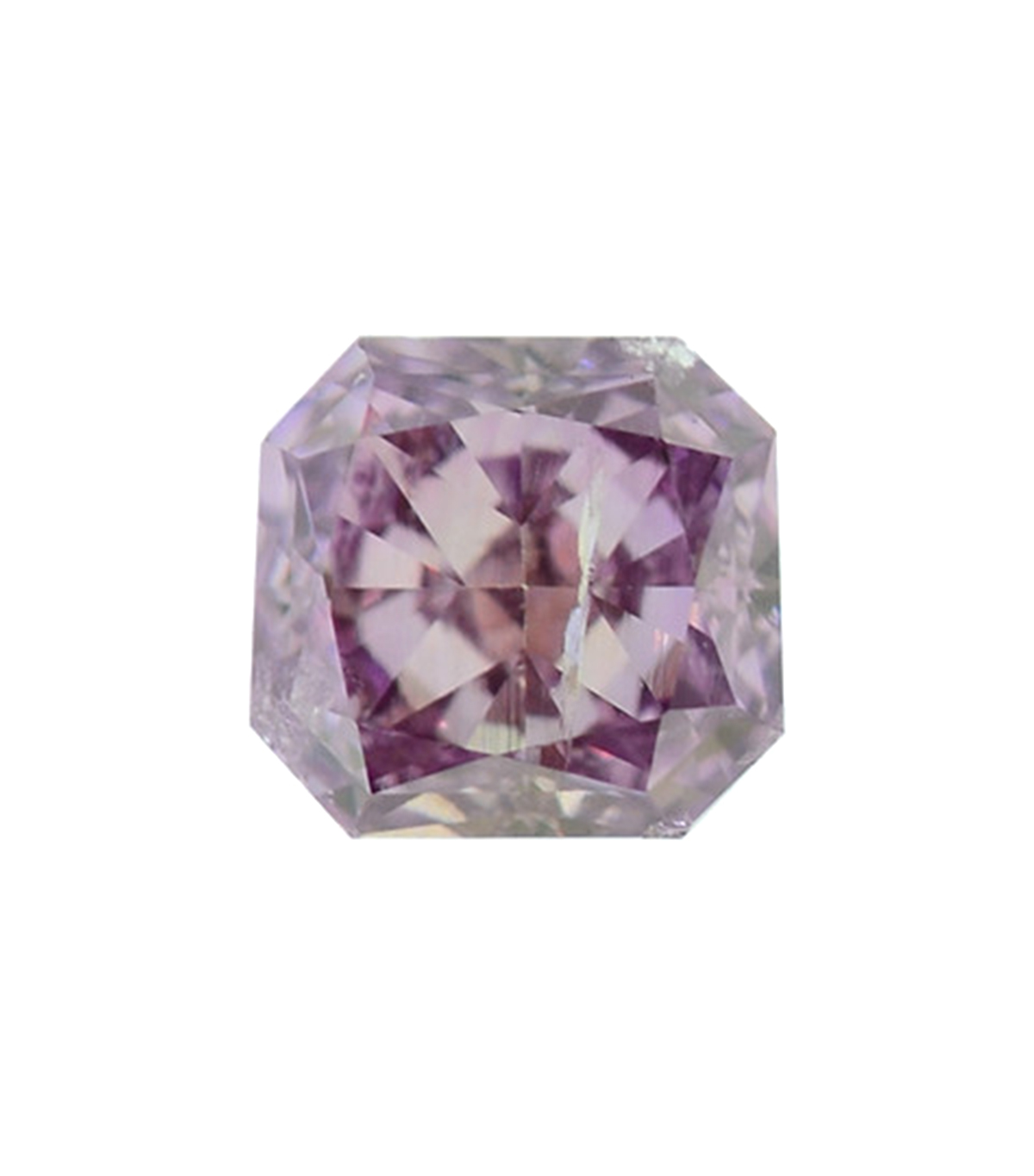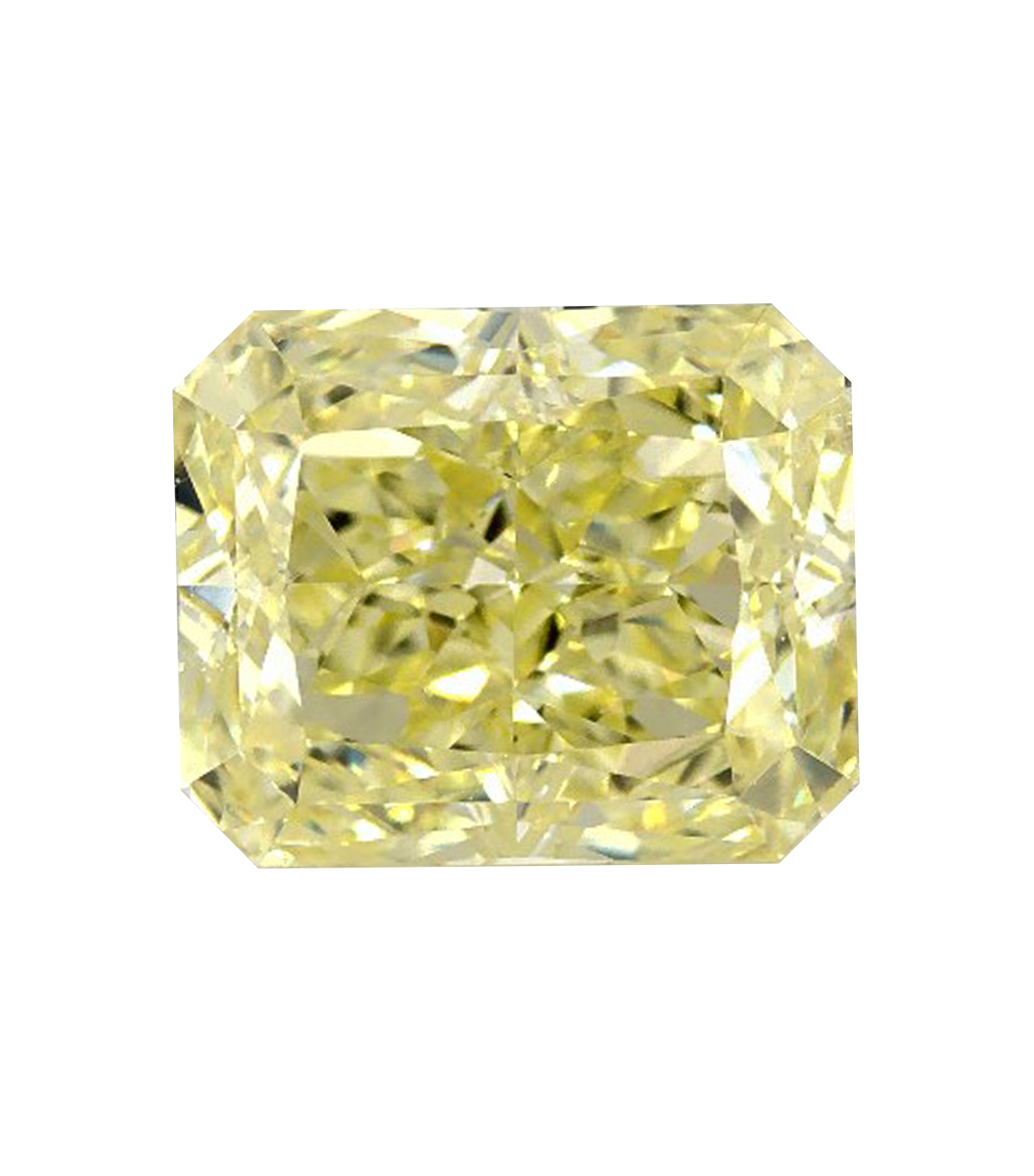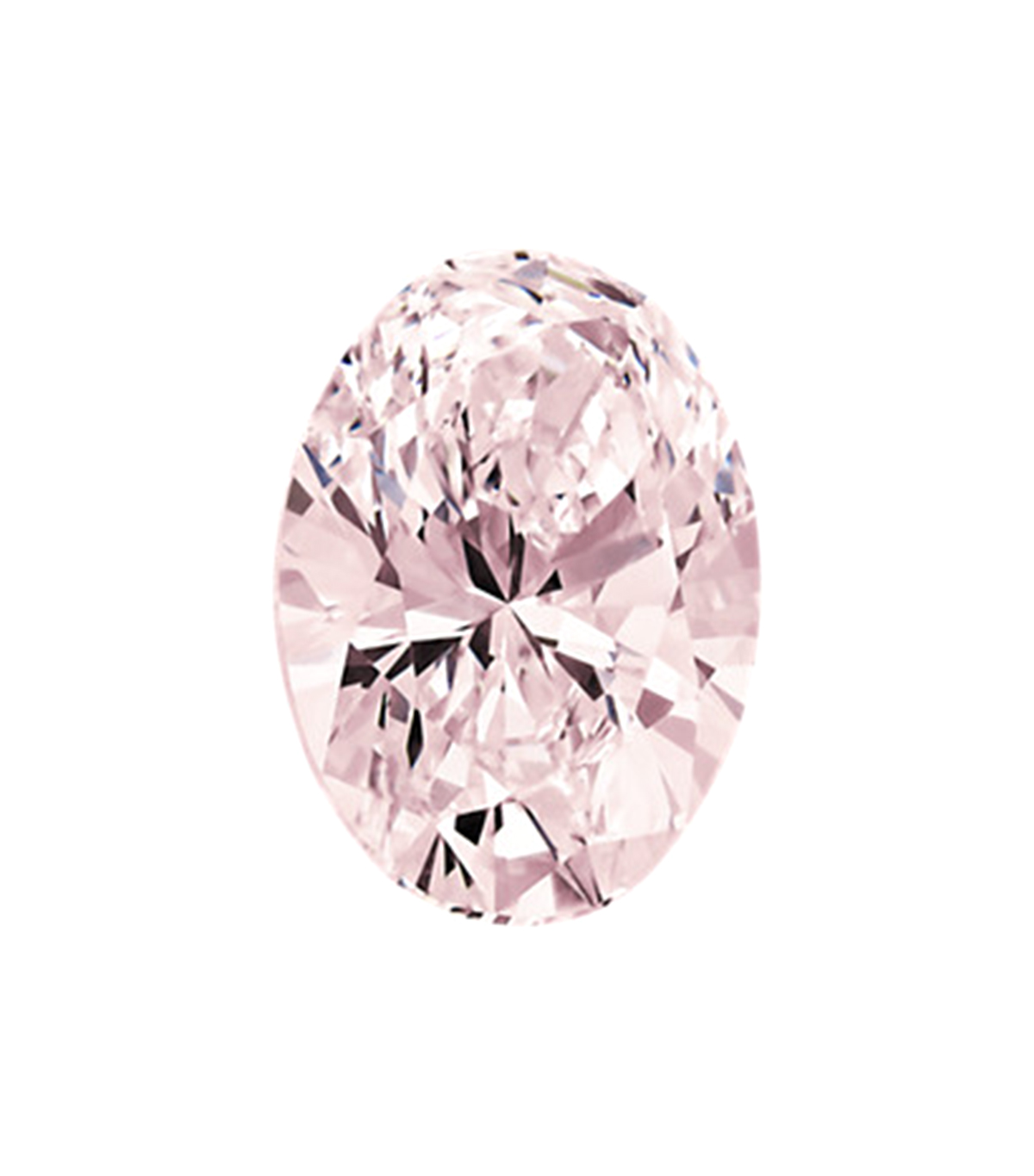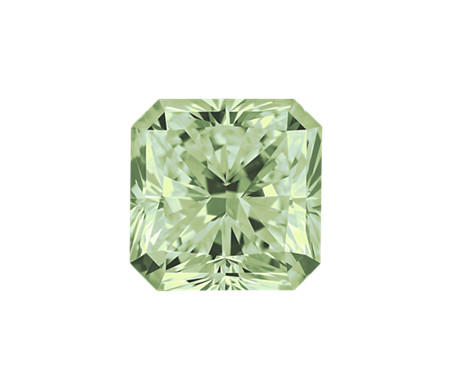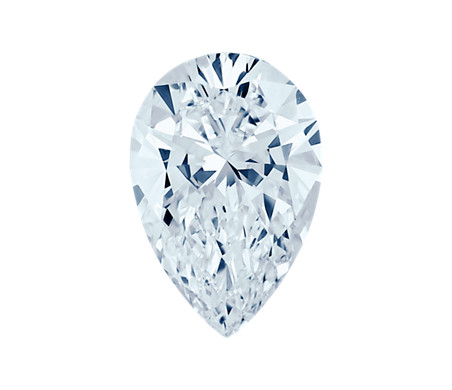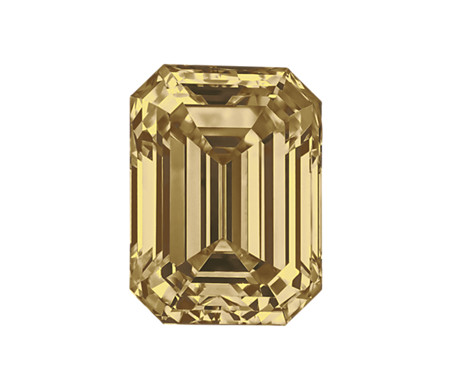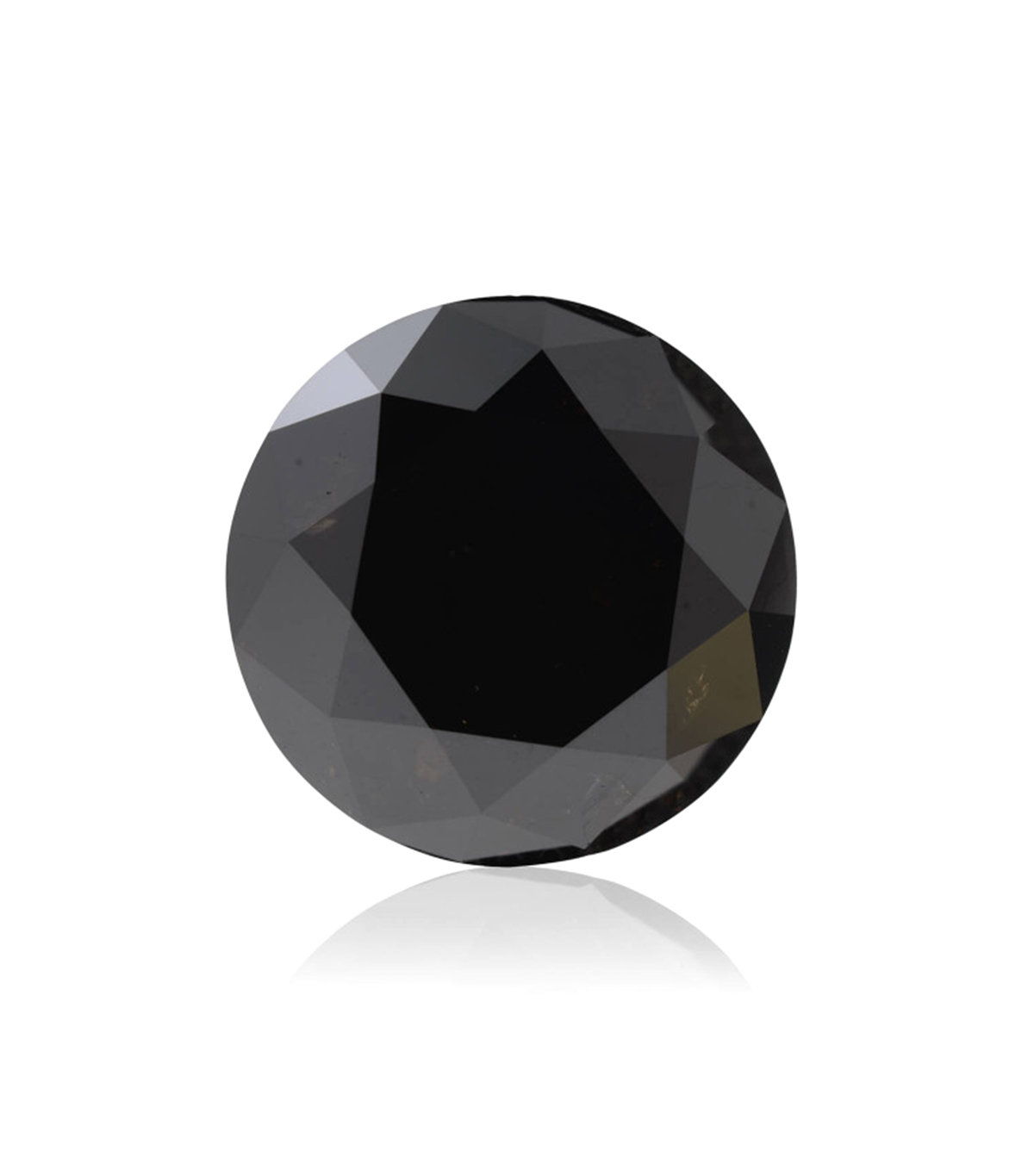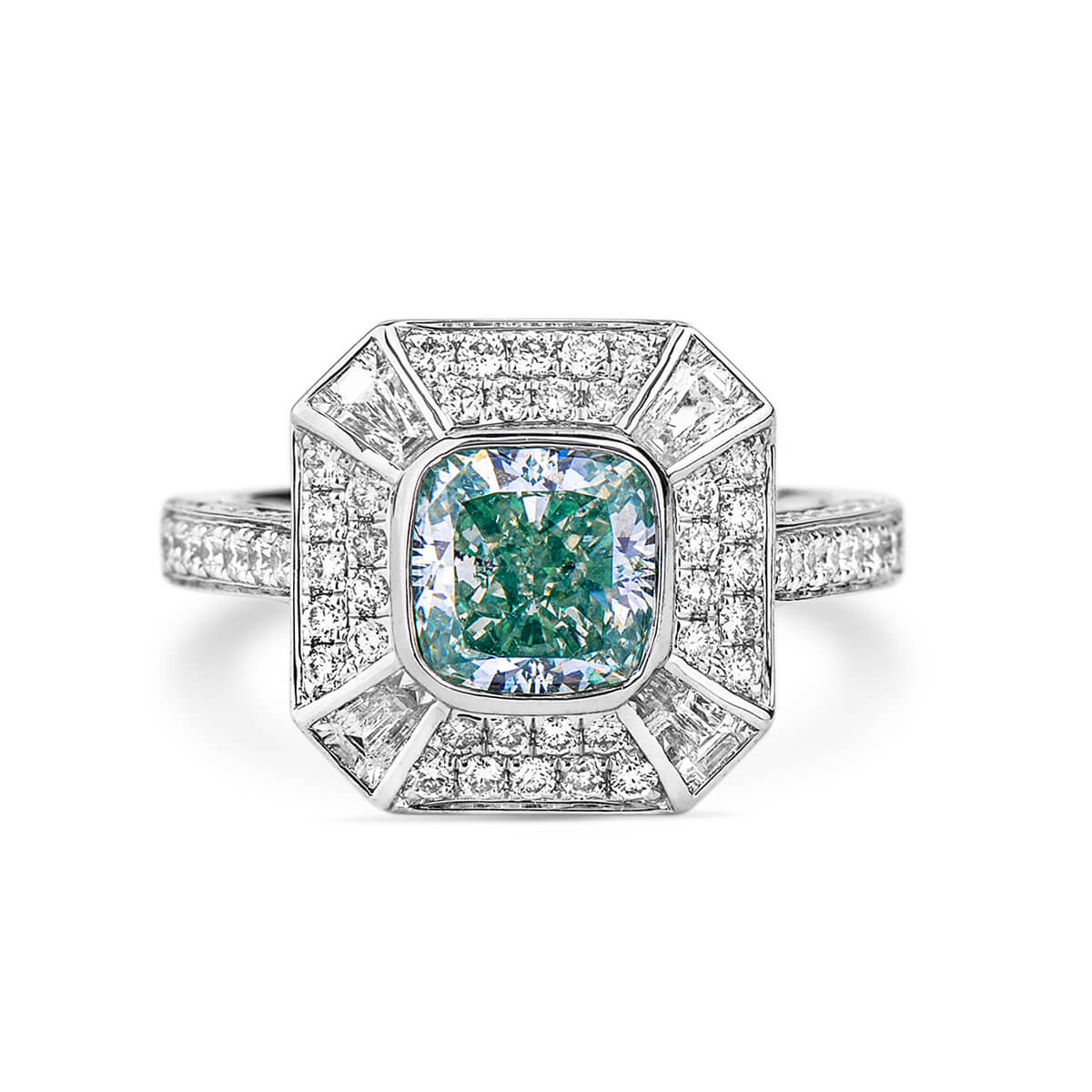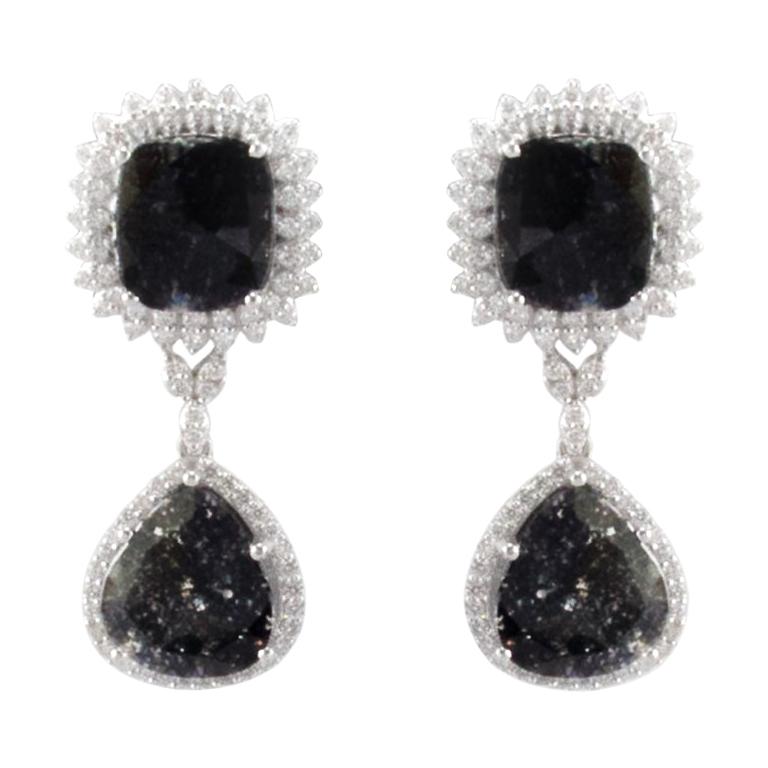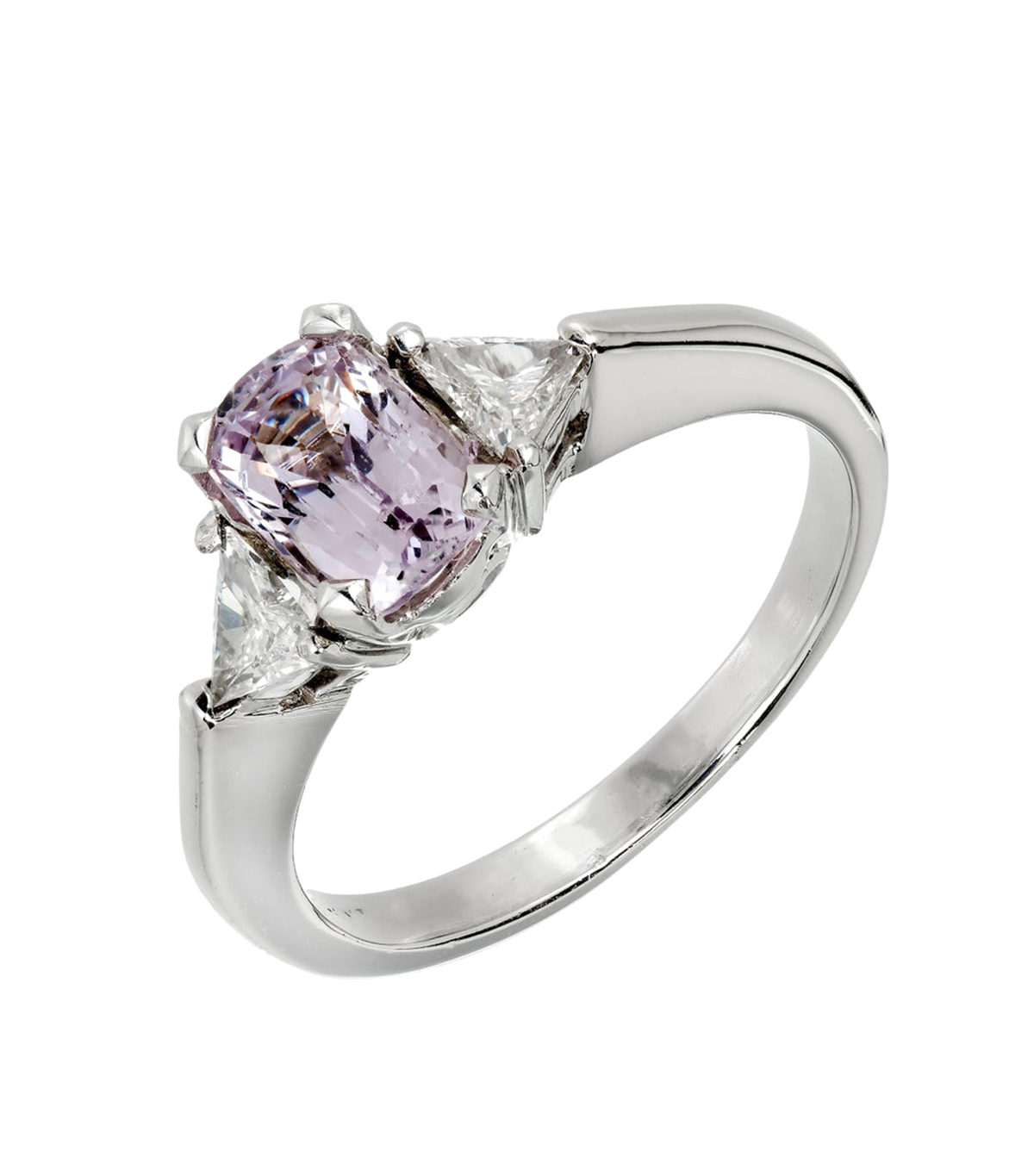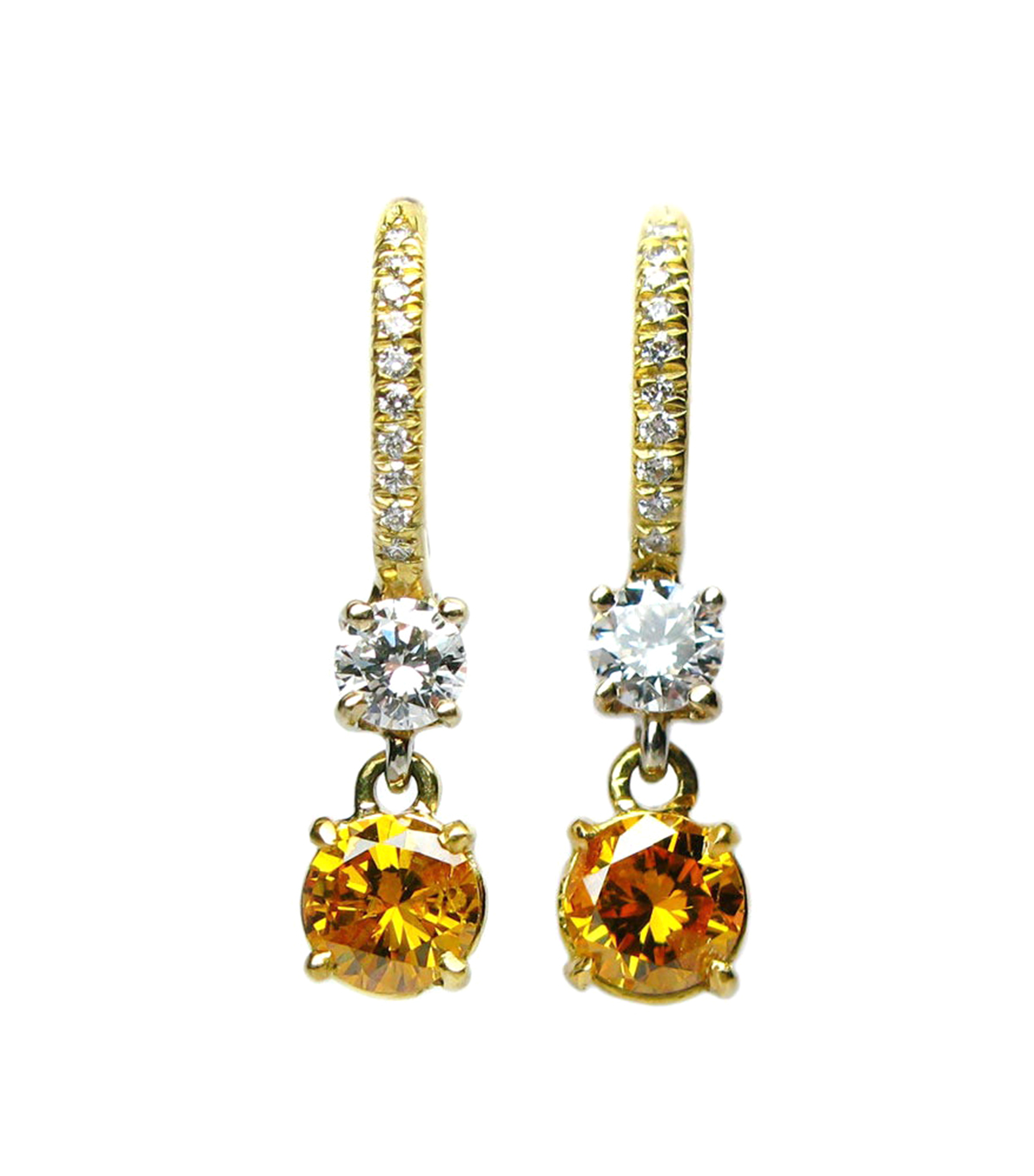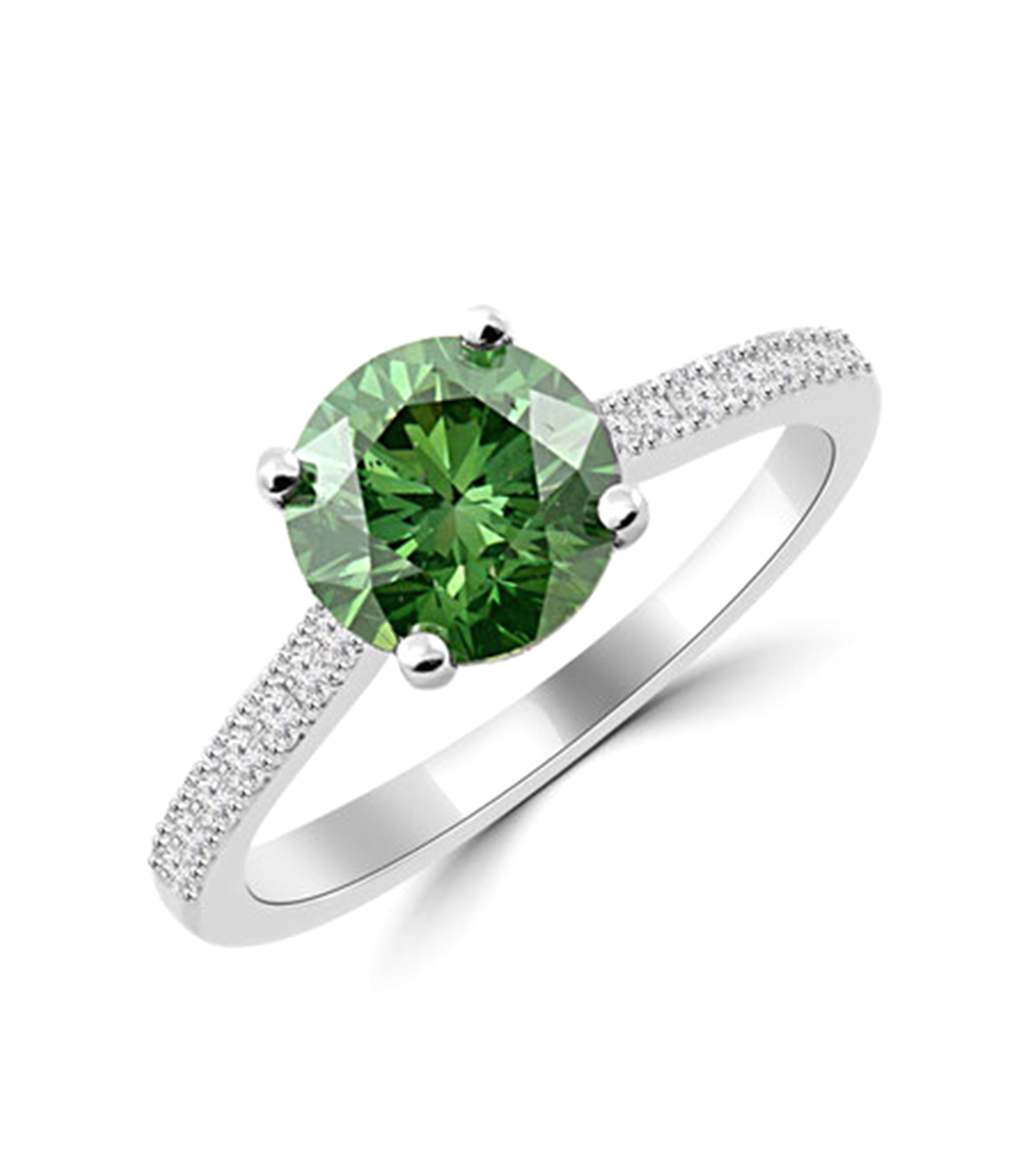So "Fancy" Diamond Colors Are a Real Thing—Here's Why They're So Rare
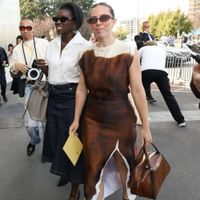
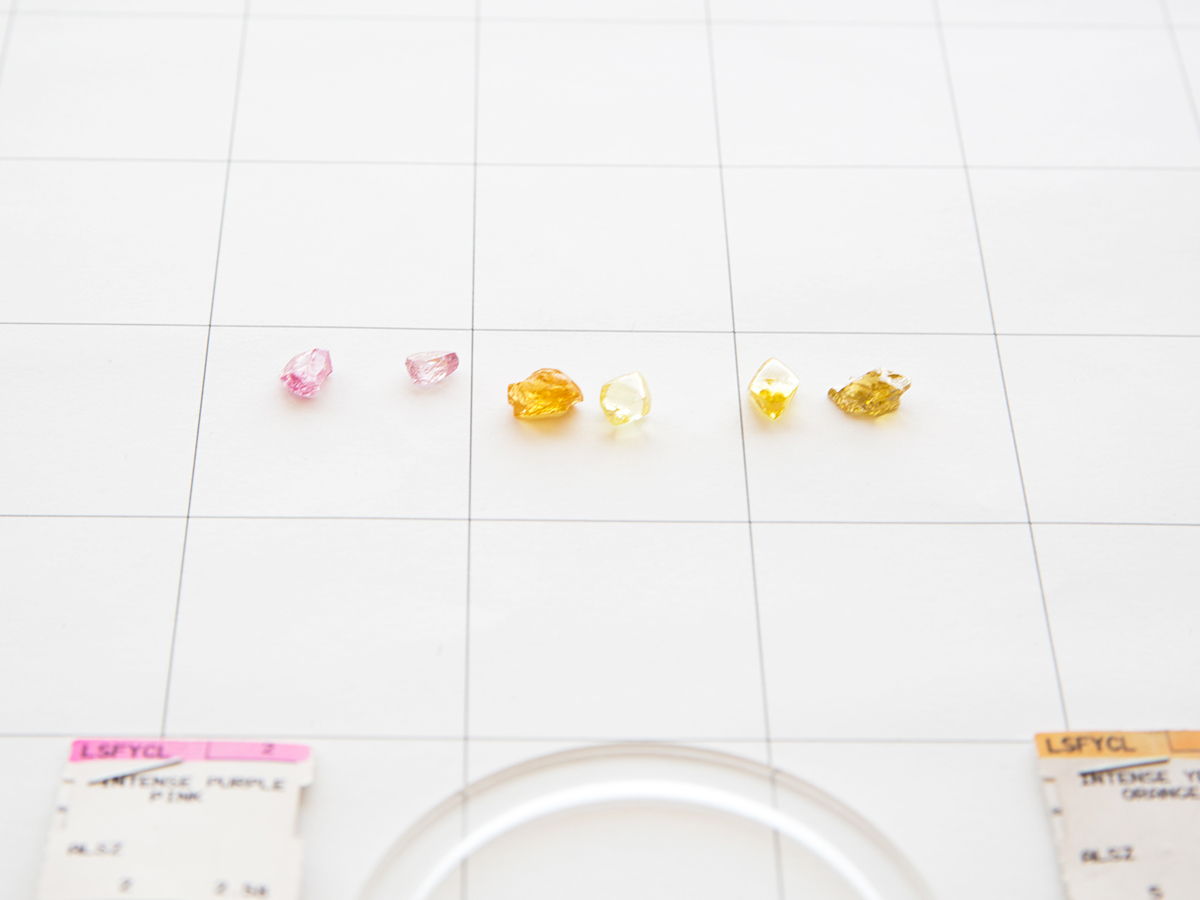
When you think of a diamond, you think of a crystal-clear sparkly rock. Considering the fact that clarity is one of the main factors in determining a diamond’s value, settling for anything less than a perfectly colorless stone seems unusual. That is, of course, unless you’re buying a "fancy diamond." Believe it or not, fancy-colored diamonds are what you call any diamond that falls outside of the normal color range of light yellow to light brown. All diamonds are graded on a color scale ranging from D to Z. Within this range, as the color of a diamond becomes more obvious, it decreases in value, but the exact opposite happens when dealing with fancy diamonds—the more vibrant the color, the better. Any color that falls outside of the Z range is considered "fancy" and is treated as such.
The fancy diamond colors you are probably accustomed to are yellow, pink, and black, but it’s the rarer ones like red, purple, and green that we are excited to share with you today. Colored diamonds are still diamonds in composition, but they are slightly defected, if you will. Each color is the result of a different atomic deformation causing a unique color in each individual stone. Since these deformations are not the norm, fancy diamonds have become extremely rare and sought-after, usually racking up a very steep price point.
Ahead, read up on exactly what causes each fancy diamond color, and shop some stunning colored-diamond jewelry along the way.
Red Diamonds
Red diamonds are the rarest and most valuable diamond color on the market. They are caused by a deformation in the diamond crystal lattice called plastic deformation. Once the lattice gets twisted, a sort of bruise is formed. When light passes through this deformation, red wavelengths of light are transmitted, which is what we see with the naked eye.
Purple Diamonds
According to my research, there still is not a ton of evidence as to exactly how purple diamonds are formed, but what we do know is that most of the time, hydrogen was found within the center of the stone, along with plastic deformation. Purple diamonds are the second-rarest color after red.
Orange Diamonds
Orange diamonds are formed via the presence of nitrogen in the diamond and its formation of those nitrogen atoms within the stone. That formation absorbs blue and yellow light, resulting in the transmission of the orange hue we see.
Yellow Diamonds
Yellow diamonds are the second-most-common diamond color next to brown diamonds. This color is formed by the substitution of nitrogen atoms for carbon in the diamond’s crystal lattice. Similar to orange diamonds, this causes a slight absorption of blue light which is transmitted as yellow.
Pink Diamonds
Pink diamonds are formed in essentially the same way as red diamonds, through plastic deformation in the diamond due to stress within the Earth. When light passes through the stone and creates a red diamond, that means the light transmission is really strong. This is extremely rare. Normally, the light transmission is rather weak, causing the diamond to look pink.
Green Diamonds
Green diamonds are primarily caused by exposure to radiation. When that radiation comes into contact with the diamond, once again, the crystal lattice becomes deformed, knocking carbon atoms out of place. Unlike pink or red diamonds, this causes the stone to absorb the reddish light and instead, transmit green hues.
Blue Diamonds
By now, you've hopefully caught on to the fact that a rare diamond color is usually formed by any alteration in the crystal lattice of the stone. Blue diamonds are no exception. This time, when boron atoms (or even a boron atom) works its way into the crystal lattice and replaces one of the carbon atoms, it causes a visible blue hue. Red light is absorbed, and cool tones like blue are transmitted.
Brown Diamonds
Brown diamonds are the least rare of the "fancy" colors and are formed via—you guessed it—plastic deformation, which is when carbon atoms are displaced within the diamond's atomic structure. Most diamonds colors fall within the yellow-to-brown range, but when you get one as vibrant as the below, the value naturally increases.
Black Diamonds
Black diamonds are formed by large amounts of mineral inclusions, which minimizes the amount of light that is able to pass through the stone. In case you forgot, Carrie Bradshaw's engagement ring was a black diamond. When she asked Big why he chose that stone, he replied with "because you're not like anyone else." If that doesn't make you want a black diamond, I don't know what will.
Shop fancy-colored diamonds:

Forevermark Exceptional Diamonds Fancy Yellow Emerald Cut Earrings (price upon request)
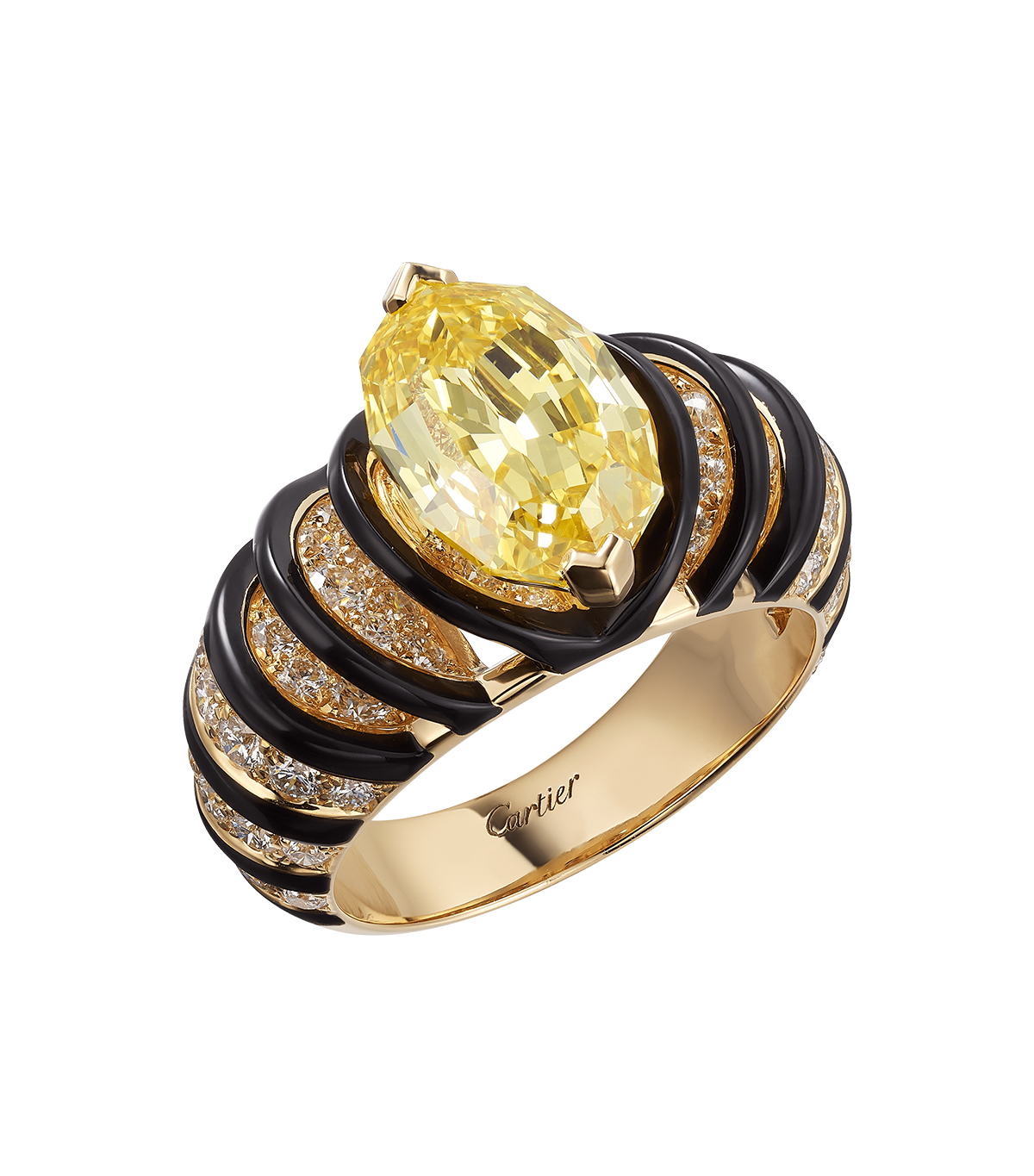
Cartier High Jewelry Ring, 18K Yellow Gold, Yellow Diamond, Black Lacquer, Diamonds (price upon request)

Lauren Eggertsen is currently the editorial director of Who What Wear and has worked at the company for over nine years, where she started as an associate editor and has since worked her way up. Lauren has worked in the Los Angeles and New York Who What Wear offices but currently calls L.A. home. Here, she leads and manages Who What Wear's editorial team and oversees all editorial content. Lauren's role also includes helping to set the fashion direction for all original photo shoots and often styles many celebrity cover shoots, including big names like Kaia Gerber, Normani, and Sabrina Carpenter. She has also attended multiple fashion weeks, including New York, London, Milan, and Paris, where her style has been featured on sites such as Vogue, Harpers Bazaar, and Elle.
